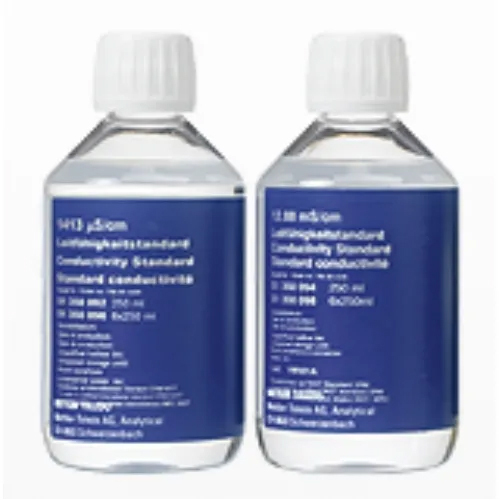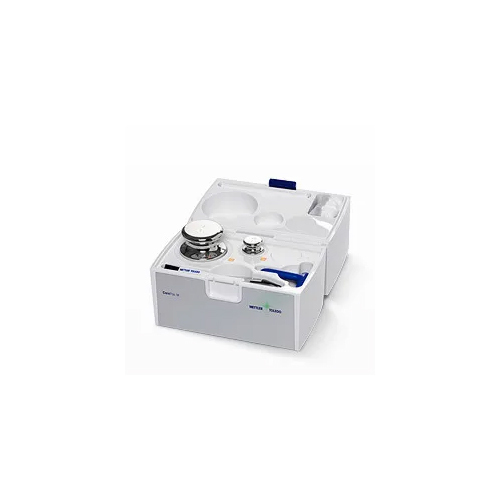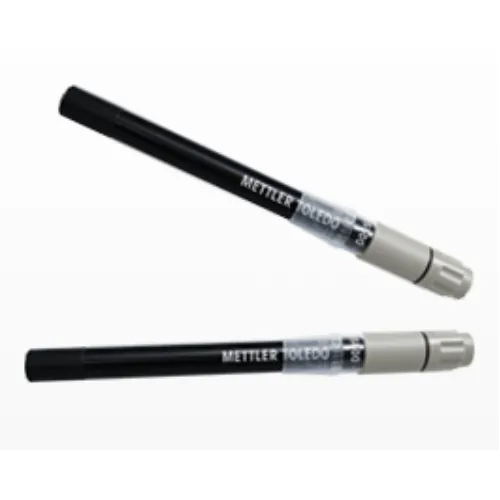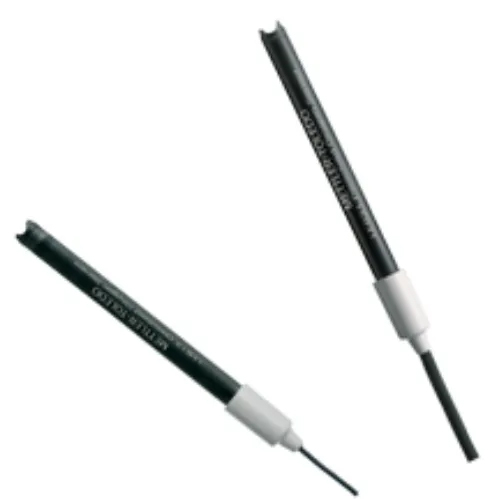Electrolytes for pH and ORP
Product Details:
Product Description
Electrolytes for pH and ORP
The Right Electrolyte for any Application
The correct electrolyte will minimize junction potentials and provide optimum temperature and time response. To achieve good electrode performance the electrolyte must be refilled or replaced regularly. The Electrolytes come with special cap that make refilling your electrode a child's play.
Compliance with international regulations like GHS
Compliance with regulations is key for METTLER TOLEDO. All SDS and labels fulfil the requirements of GHS (Globally Harmonized System) and are available in local languages. Simply download any required document from our online database:
Features:
- Electrolytes for pH and ORP provide good lifetime and stability
- Life is extended and responses are faster
- Used in various industrial applications like chemical, sugar, petrochemical and so on
- Long life and excellent precision
- Suitable for ORP measurements
- Safe to use
- Economical and great to utilize
FAQ
1. How do electrolytes work?
Ans - The answer is that electrolytes are ions in a solution that have electrical conductivity. They can be positively or negatively charged and are often found in aqueous solutions.
2. How do pH and ORP are impacted by electrolytes?
Ans - By injecting extra charges into the solution, electrolytes can modify a solution's pH and ORP. Additionally, they have the potential to change the pH and ORP readings by influencing the behaviour of other molecules in the solution.
3. What kinds of electrolytes are employed in the pH and ORP measurements?
Ans - In order to test pH and ORP, electrolytes including hydrogen ions, hydroxide ions, and metal ions like calcium and magnesium are frequently utilised.
4. How do electrolyte concentrations change with temperature?
Ans - Since electrolytes evaporate or dissolve at varying rates depending on the temperature, it can have an impact on the concentration of electrolytes in a solution. The solution's pH and ORP values may alter as a result.
5. How frequently must electrolytes be changed?
Ans - To achieve accurate pH and ORP measurements, electrolytes should be changed as necessary, depending on the application. Electrolytes should typically be changed at least once a month, or more frequently if necessary.

Price:
- 50
- 100
- 200
- 250
- 500
- 1000+
Other Products in 'Laboratory Consumables & Accessories' category
 |
Mettler-Toledo India Private Limited
All Rights Reserved.(Terms of Use) Developed and Managed by Infocom Network Private Limited. |
 English
English Spanish
Spanish French
French German
German Italian
Italian Chinese (Simplified)
Chinese (Simplified) Japanese
Japanese Korean
Korean Arabic
Arabic Portuguese
Portuguese






